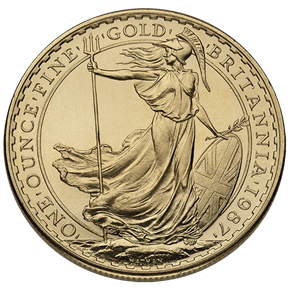$10 Liberty Certified MS61 (Dates/Types Vary)





| If someone mention a “gold eagle,” you might first think of the American Gold Eagle introduced in 1986. However, dating back to the first U.S. gold coins minted in 1795, an eagle, or $10 gold coin, has been the foundational unit for American gold coinage. Until 1933, the $10 eagle not only formed the cornerstone of U.S. gold currency but also represented the premier denomination in our nation’s coinage system. Before the introduction of double eagles ($20 gold coins) in 1850, $10 eagles were commonly used for international commercial transactions. In 1834, the silver-to-gold ratio was adjusted from 15:1 to 16:1, which resulted in the reduction of the gold content in these coins to 89.92%. The higher gold standard had led to many coins being exported and melted down. Coins sent to Europe started returning to the United States in large quantities only after the fall of the Berlin Wall in 1989. In 1837, a new standard for gold coinage was established at 90% purity, and $10 gold eagles minted since 1838 (none were produced from 1805 to 1837) contain 16.7 grams of fine gold. Christian Gobrecht designed this emblematic coin, featuring a left-facing Liberty inspired by Benjamin West’s painting "Omnia Vincit Amor" (Love Conquers All). Liberty is depicted wearing a coronet inscribed with "LIBERTY." Her hair is styled with a bun at the back and loose curls, encircled by thirteen stars, with the minting year displayed below. The reverse side illustrates an eagle clutching an olive branch and arrows, surrounded by the inscriptions "UNITED STATES OF AMERICA" and "TEN D." |
Comparison Chart







 Quick View
Quick View





